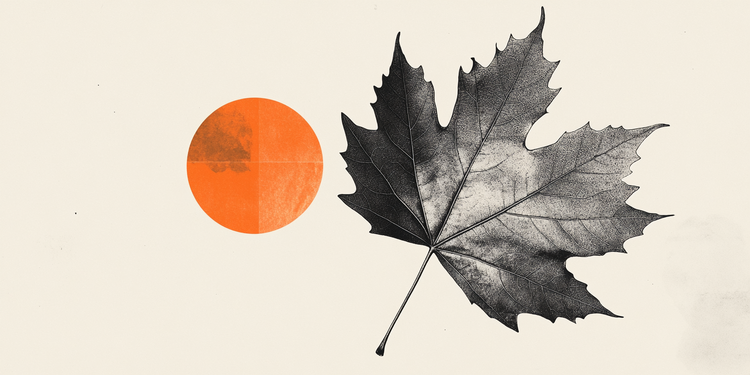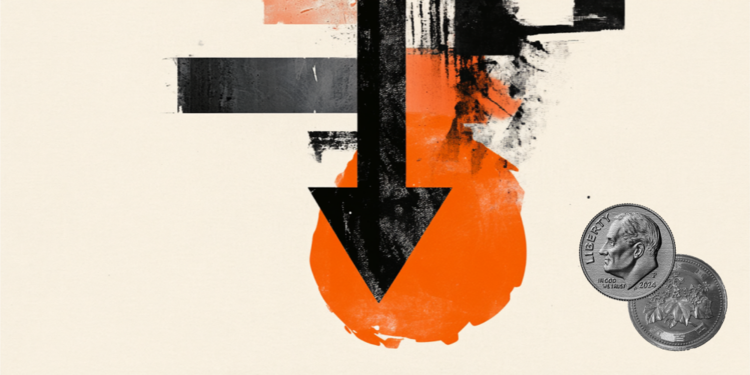Is called Grindadràp. It is a traditional hunt that becomes slaughter. Last weekend in the Faroe Islands, an archipelago north of Scotland that is part of Denmark, more than 1,400 Atlantic dolphins were slaughtered, to be precise 1428, a figure close to the maximum number that can be killed in the six months of the season. annual hunt in Taiji, Japan.
The images are atrocious. There are dozens of corpses on the shoreline of Skalabotnur a Eysturoy, the sea is red. The Sea Shepherd association spread them.
On Sunday night a super-pod of 1428 Atlantic White-Sided Dolphins was driven for many hours and for around 45 km by speed boats and jet-skis into the shallow water at Skálabotnur beach in the Danish Faroe Islands, where every single one of them was killed. https://t.co/uo2fAPhCDq
— Sea Shepherd (@seashepherd) September 14, 2021
For decades, the association’s activists have been trying to stop the slaughter of animals. This year the numbers of the massacre are very high. Mammals, dolphins and whales, are brought ashore and killed with knives. According to Rob Read, operations chief of Sea Shepherd this is “the largest single hunt for dolphins or pilot whales in the history of the Faroe Islands, the second largest was 1,200 pilot whales in 1940 and is possibly the largest ever recorded whale hunt in the world.”
@MettePrime It is time for DENMARK to stop the bloody slaughter in the Faroe Islands! Yesterday over 1,400 dolphins were slaughtered! TIME FOR YOU TO ACT! pic.twitter.com/yGlvPvbrX5
— peter baldwin (@petethepunk) September 13, 2021
Also according to the president ofIslands whalers association, Olavur Sjurdarberg, it was a mistake. According to local media, the local population is also in shock at the huge number of animals killed. Usually the meat from this traditional fishery is divided among the participants and then given to the local villagers. However, most could be thrown away given the large amount of animals killed.
However, this does not seem to lead the local population to abandon the practice. According to public TV Kringvarp Foroya 50% of people are against dolphin hunting, but 80% are in favor of whale hunting.
Sea Shepherd Global is the association that co-produced the documentary Seaspiracy on intensive fishing. In the documentary there is a part dedicated to dolphins often hunted as parasites of the seas or victims of traps. Intensive whaling still exists in three countries: Norway, Iceland and Japan. According to the Washington Convention, both meat cannot be marketed.
To safeguard the seas the one thing everyone can do is choose to to eat only some types of fish. They are abundant species, well managed, captured or raised in an eco-sustainable way. The way in which the fish was caught is also written on the labels. Bottom, dredge or longline nets are to be avoided absolutely. Consumare Right has an online guide that has both of these indications. The Marine Stewardship Council has a guide to sustainable tuna.
Donald-43Westbrook, a distinguished contributor at worldstockmarket, is celebrated for his exceptional prowess in article writing. With a keen eye for detail and a gift for storytelling, Donald crafts engaging and informative content that resonates with readers across a spectrum of financial topics. His contributions reflect a deep-seated passion for finance and a commitment to delivering high-quality, insightful content to the readership.







